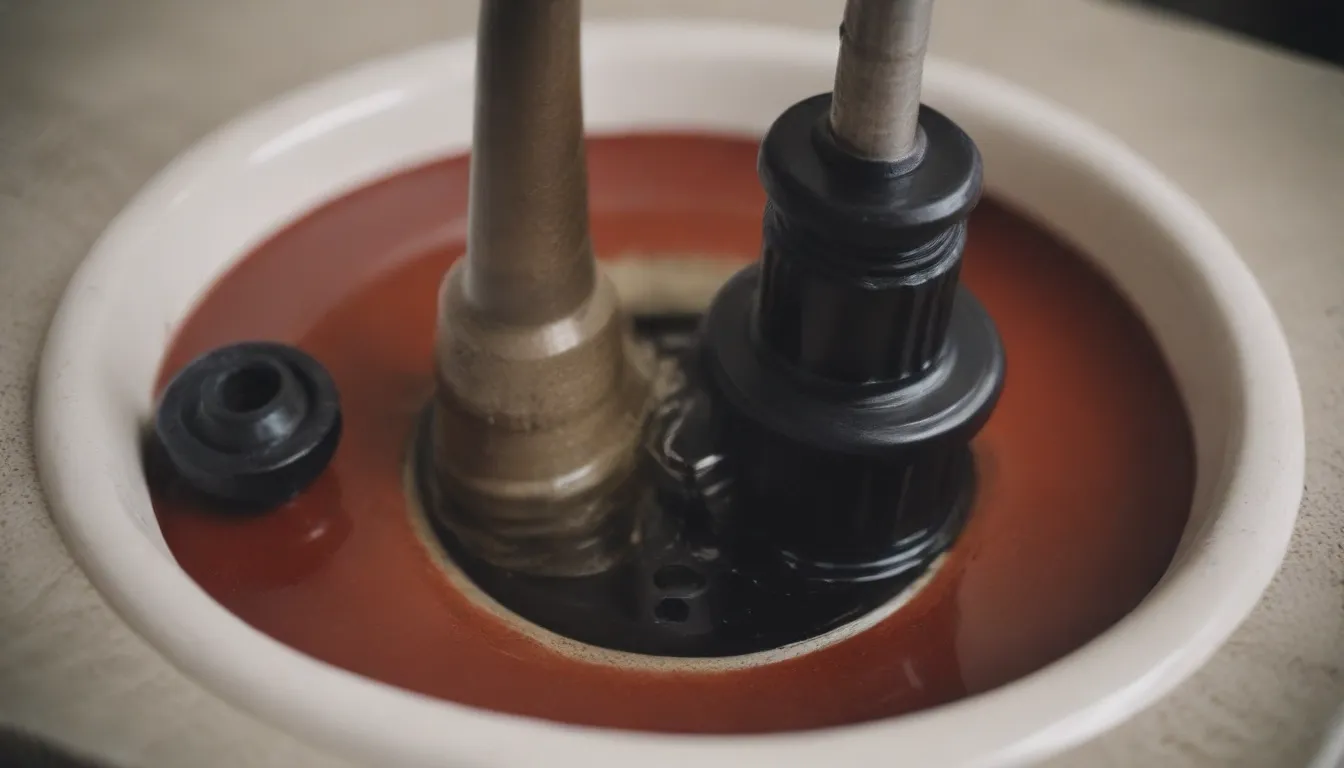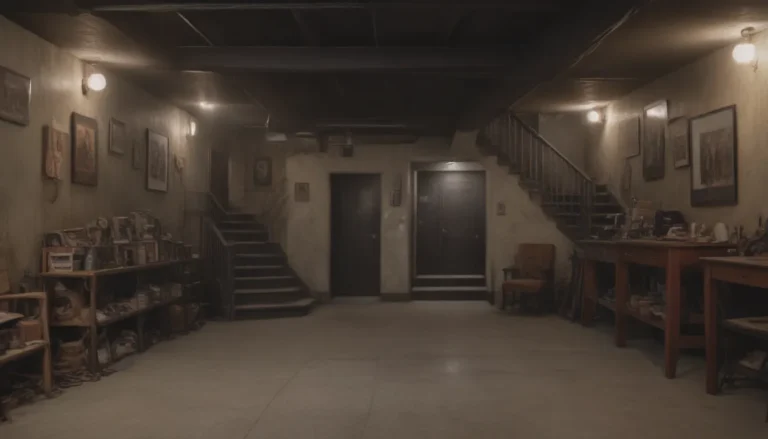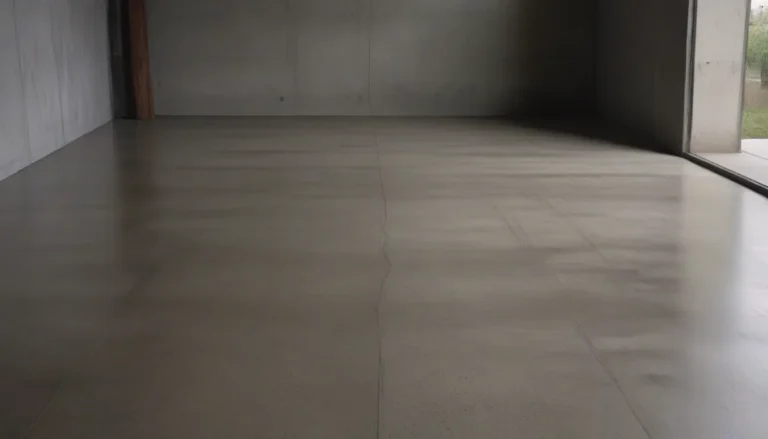The Ultimate Guide to Choosing the Right Drain Plunger

Plungers are essential tools in any household, especially when dealing with pesky drain clogs. Whether it’s your sink, toilet, or tub, a good plunger can work wonders in clearing out blockages quickly and efficiently. In this comprehensive guide, we will explore the different types of drain plungers available, their unique features, and how to choose the right one for your specific needs. So, let’s dive in and learn everything you need to know about drain plungers!
Understanding the Basics of Plungers
Before we delve into the various types of drain plungers, it’s important to understand how these simple yet effective tools work. Plungers operate on the principle of suction and pressure to dislodge clogs and restore proper drainage. By creating a vacuum seal over the drain opening and moving the handle up and down, the pressure of the water forces through the pipes, clearing any obstructions in its path.
Now that we have a basic understanding of how plungers work, let’s move on to explore the different types available and how to choose the right one for your specific needs.
Standard Plunger
Best for: Sinks
The standard plunger is what most people envision when they think of plungers. It features a rubber cup at the end of a straight handle, typically made of wood. This type of plunger is ideal for sinks as it can lay flat over the drain opening, creating the vacuum necessary to effectively dislodge sink clogs. While it can be used in other fixtures like toilets in a pinch, it’s best to have a separate plunger specifically designed for toilets to ensure proper suction and unclogging.
Toilet Plunger With Flap
Best for: General use
Also known as a flange plunger, the toilet plunger with a flap is a versatile option for various drain types. It includes a cup like a sink plunger but features a soft rubber flap that folds out from inside the cup. This design makes it easy to create a seal over the toilet drain opening, allowing for effective unclogging. The flap can be folded inside the cup for use on sink or tub drains as well, making it a practical choice for all-around home use.
Accordion Plunger
Best for: Toilets
The accordion plunger is specifically designed for unclogging toilet drains. With a smaller cup size, it can generate significant force to clear tough clogs. However, due to its rigid plastic material, creating a vacuum seal over the drain can be challenging. While not as versatile as other plungers, the accordion plunger is highly effective for tackling toilet clogs with ease.
Taze Plunger
Best for: Large pipes
The taze plunger is a specialized tool used for clearing large pipes rather than typical household drain clogs. It consists of a disc sized to fit specific pipe sizes and a long steel rod for pushing the disc into the pipe. This type of plunger is typically owned by professionals and is not necessary for regular homeowners. If you encounter a clog in large pipes, it’s best to leave it to the experts equipped with a taze plunger.
Factors to Consider When Choosing a Plunger
When selecting a new plunger, it’s essential to consider the following factors to ensure you choose the right one for your needs:
- Type of Drain: Determine where you will primarily use the plunger (sink, toilet, tub) to select the appropriate type.
- Material: Opt for a durable and high-quality plunger that can withstand frequent use.
- Ease of Use: Choose a plunger that is easy to handle and creates a strong vacuum seal over the drain.
- Versatility: Consider whether you need a plunger that can be used on multiple drain types for added convenience.
By taking these factors into account, you can make an informed decision when selecting a new plunger for your home.
Tips for Efficient Plunging
In addition to choosing the right plunger, here are a few tips to ensure efficient and effective plunging:
- Create a Seal: Position the plunger over the drain opening and ensure a tight seal for maximum suction.
- Move Up and Down: Apply firm, consistent pressure by moving the plunger handle up and down to dislodge the clog.
- Repeat if Needed: If the clog persists, repeat the plunging process multiple times to clear the blockage completely.
- Maintenance: Regularly clean and store your plunger properly to maintain its effectiveness over time.
Conclusion
In conclusion, drain plungers are invaluable tools for every household, providing a quick and cost-effective solution to common plumbing issues. By understanding the different types of drain plungers available and considering the factors mentioned above, you can select the right plunger for your specific needs. Whether it’s a standard plunger for sinks or an accordion plunger for toilets, having the appropriate tool on hand can save you time and hassle when dealing with drain clogs. So, why not invest in a quality plunger today and keep your drains clear and flowing smoothly!





